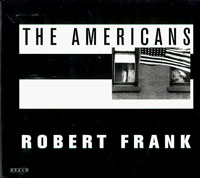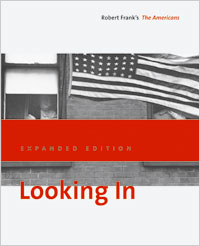The Americans

Most of my adult life—what I will in my memoir (in progress) call “The Post-Graduate Years," I have, when given the opportunity, railed against the poor or lack of attention with which Americans regard their history. Except for a small number of re-enacters, scholars, and so-called buffs (most of whom appear to get great joy mulling over the minutiae of the Civil War), we are a people more attendant to the hereafter and the now than the then. But for an occasional film that transmogrifies or mythologizes the great American past, we take it at face value that America is number one, God is on our side, and that shopping is a high act of patriotism. Our recent elections did excite an uptick in interest in Abraham Lincoln and Franklin Delano Roosevelt, and the Great Depression. This is a good thing—when one sees that great know-nothing buffoon Rush Limbaugh (a vivid example and commercial for the ravages of painkillers) as a modern-day Father Coughlin crossed with Aimee Semple McPherson, there is a chance readers will be tempted to inquire.
In any case, this is a propitious time to celebrate and re-view the (arguably) most significant photography monograph since the Second World War, Robert Frank’s The Americans. Armed with the Mercedes-Benz of cameras, the 35-mm rangefinder Leica, Frank toured the country in the mid-’50s, distilling and refining his sense of the country into 83 black-and-white photographs. Looking back, I marvel that Frank couldn’t find an American publisher (the book was attacked as anti-American) and thus Les Americains debuted in France in 1958—with an introduction by Jack Kerouac:
Robert Frank…he sucked a sad poem right out of America onto film, taking rank among the tragic poets of the world.

Legendary American book publisher Barney Rosset finally brought Frank’s book back to American shores in 1959, and the rest is a history you can catch up on in 1) a traveling exhibition (with a splendid catalogue/monograph assembled by the exhibition's curator, Sarah Greenough) that this year will yo-yo the from the east coast to the west coast and back again (National Gallery of Art, Jan. 18-April 26; San Francisco Museum of Modern Art, May 16-Aug. 23; Metropolitan Museum of Art, Sept. 22-Dec. 27); and 2) a newly minted 50th anniversary edition (Steidl) of Frank’s magnum opus.
Frank still splits his time between Nova Scotia and Manhattan, though he now concentrates on filmmaking rather than still pictures:
The kind of photography I did is gone… It’s old. There’s no point in it anymore for me, and I get no satisfaction from trying to do it… There are too many pictures now. It’s overwhelming. A flood of images that passes by, and says, “Why should we remember anything?” There is too much to remember now, too much to take in.
